Building a deck can be a marvelous project to embark upon, however, there is a downside to having a deck. All of those visible nails and screws. Although they may be flush with the deck boards, they can be an unsightly thing to view when your vision includes a clean finish space. Traditional deck screws/nails also can be prone to corrosion. So now what? What is the better option and how does one decide? Hidden fasteners or traditional? Hidden. Traditional. Hidden. Traditional. HIDDEN. TRADITIONAL. HIDDEN.
Hidden Fasteners Defined
Hidden fasteners are clips that adhere to the joists underneath the top deck board, and then clip into the deck boards. Thus hiding all screws/nails. Many brands of composite decking often have clip kits that are available for purchase with the material.
Why are hidden fasteners the better option?
Besides the obvious being that the fasteners provide a smooth surface, over time decking can expand and warp. Composite decking is particularly sensitive to temperature changes, so the fasteners allow for the expansion. Also since they are hidden, water penetration is minimized due to the zero perforation of the surface from any screws/nails. Decking installed with the traditional fasteners do not allow for expansion of any kind, which can cause boards to split and also allow water to seep in where the screw/nail penetration exists.
Brand Options
Now it just comes down to brands. There are a myriad of options on the market, but here are some, just to name a few.
- Camo
- uses the Camo Marksman tool to install the screws at an angle
- versatile use for many decking types (i.e. composite, PVC, solid wood)
- limited lifetime warranty
- stainless steel or protech finish
- Eb-Ty
- oval shaped biscuit type fastener
- made from polypropylene plastic
- distend to fit slotted edges of boards
- Tiger Claw
- the pneumatic tool from Tiger Claw helps ease the installation process. the tool holds the clips in place while driving a screw to secure decking.
- variety of stainless steel clips that fit in between deck boards:
- TC-G
- works with grooved & non-grooved boards, using the TC-150 slot cutter
- works with Trex Select, Evergrain, Choice Deck, Fiberon Horizons, Protect, Paramount, Wolf PVC, Island, Moistureshield, Tuf-Dek, Veranda Armorgaurd
- TC-1
- made from carbon steel
- has teeth that can be driven into softwood board sides
- TC-2
- same model as TC-1, but made with stainless steel
- TC-3
- designed to create a 3/16″ gap for nongrooved composite and mahogany decking
- TC-4
- same design features as TC-3, but creates a 1/8” gap and is specifically designed to work with ¾” and 5/4” x 4” hardwood planks
- TC-120
- has sharp prongs
- compatible with ¾” x 4” or 6” hardwood deck board
- ConceaLoc
- manufactured by Timbertech
- brown stainless steel clip
- allows for a 1/8” to 3/16” deck board gap
- comes with stainless steel screws
- can be purchased in a 175, 900, or 1750 count container
- can also purchase compatible drill/router bits
- comes with a 25 year warranty
- Trex Hideaway
- 1/4″ self-spacing clips
- comes with 1-5/8″ screws
- designed to fit between Tree grooved composite decking boards
- 1 box covers 50sqft / 1 bucket covers 500sqft
- there are start clips available for purchase from Trex, which can be used along the house wall and front edge of the deck
- made from glass filled nylon and available in black
- also designed to work the Trex Steel Framed System
There are so many hidden fastener brands out there that are available for purchase, to name them all in one sitting would take a century and a half, but it’s just a matter of finding the one that works for you and the system you have chosen.
Complexity
When it comes to terms of complexity of installation, hidden fasteners can be a tad bit more tedious to install versus traditional methods. With hidden fasteners the screw is either driven in at angle into the decking board, or it is driven into the joist itself and then the board is slid into the groove, thus locking it in place. Whereas with traditional methods, the screw or nail is just driven directly into the board itself and it goes through it into the joist below.
In Summary
Hidden fasteners are the better option compared to traditional fastener systems. They provide a cleaner appearance to the finish boards, do not corrode from the elements, zero allowance for water penetration, allow for expansion of the boards, and will not allow the boards to split from expansion. The installation process is a bit more tedious than traditional methods, and may require different tools for proper installation. In the end it all comes down to which method is preferred, and which method has the proper allotted time.


